
Abstract:
In the field of fluid mechanics, the resolution of computational schemes has outpaced experimental methods and widened the gap between predicted and observed phenomena in fluid flows. Thus, a need exists for an accessible method capable of resolving three-dimensional (3D) data sets for a range of problems. We present a novel technique for performing quantitative 3D imaging of many types of flow fields. The 3D technique enables investigation of complicated velocity fields and bubbly flows. Measurements of these types present a variety of challenges to the instrument. For instance, optically dense bubbly multiphase flows cannot be readily imaged by traditional, non-invasive flow measurement techniques due to the bubbles occluding optical access to the interior regions of the volume of interest. By using Light Field Imaging we are able to reparameterize images captured by an array of cameras to reconstruct a 3D volumetric map for every time instance, despite partial occlusions in the volume. The technique makes use of an algorithm known as synthetic aperture (SA) refocusing, whereby a 3D focal stack is generated by combining images from several cameras post-capture 1. Light Field Imaging allows for the capture of angular as well as spatial information about the light rays, and hence enables 3D scene reconstruction. Quantitative information can then be extracted from the 3D reconstructions using a variety of processing algorithms. In particular, we have developed measurement methods based on Light Field Imaging for performing 3D particle image velocimetry (PIV), extracting bubbles in a 3D field and tracking the boundary of a flickering flame. We present the fundamentals of the Light Field Imaging methodology in the context of our setup for performing 3DPIV of the airflow passing over a set of synthetic vocal folds, and show representative results from application of the technique to a bubble-entraining plunging jet.
Citation and Link:


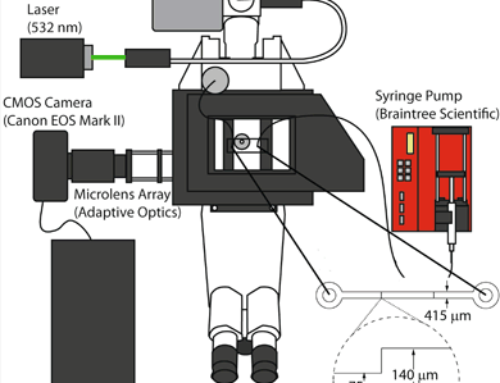
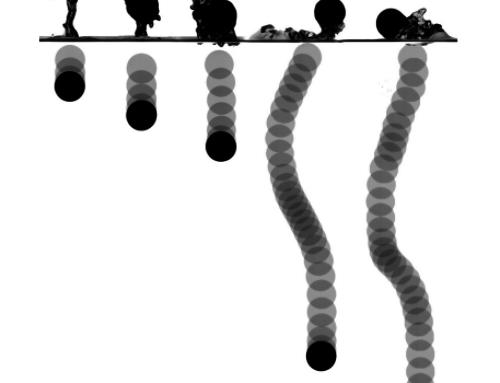

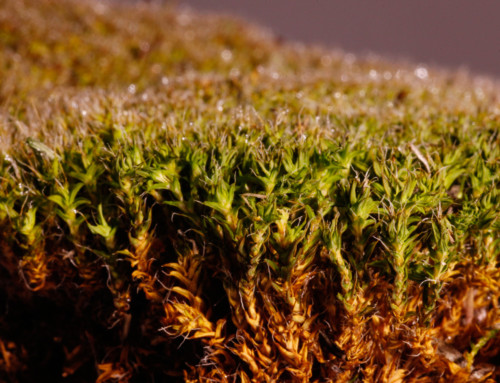
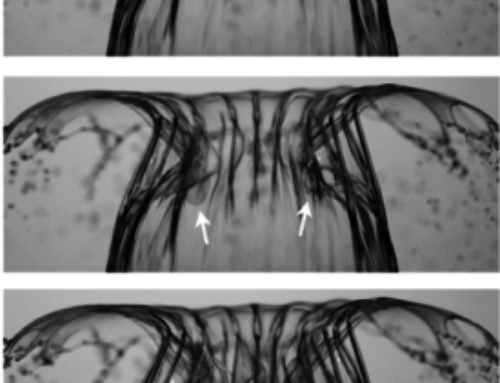
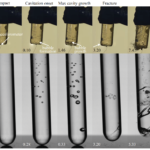
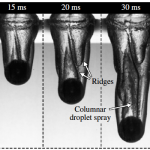
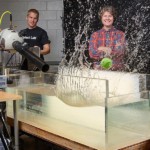
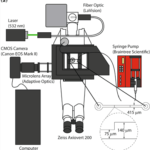
Recent Comments